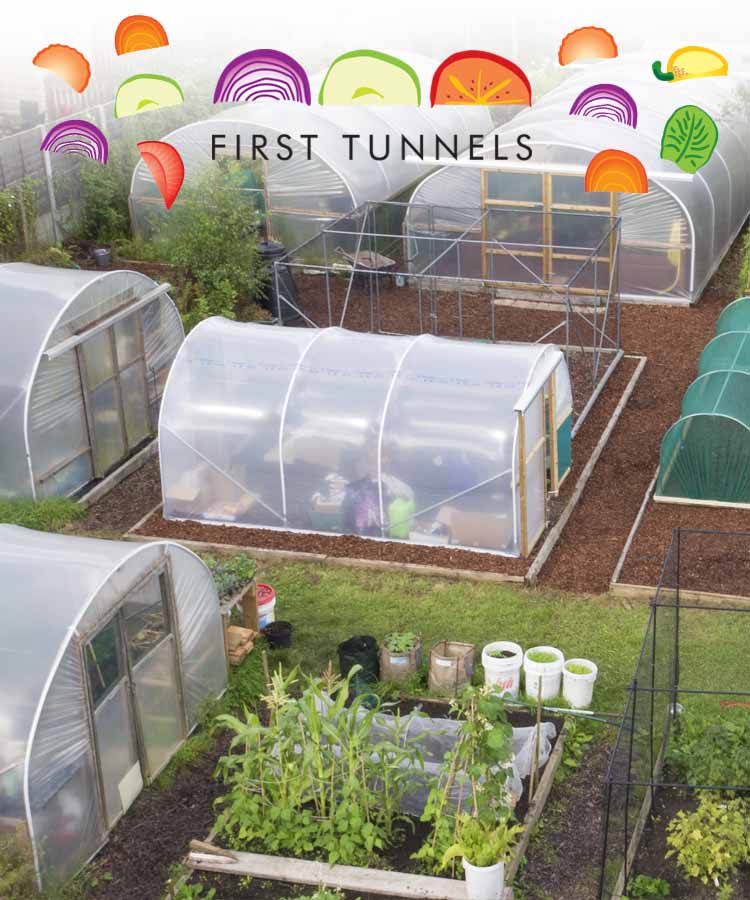Composting is one of the most important skills for any polytunnel gardener. If you are new to polytunnel gardening, one of the first things that you should do is create a composting system. Below, you will find the basic information that you need to help you get started in this crucial process – read on to learn all about creating compost for your polytunnel:
In a polytunnel, as elsewhere in your garden, it is vitally important to take care of your soil. Plants need nutrients to grow – the basics of nitrogen, potassium and phosphorus as well as a whole raft of important micro-nutrients. When you grow plants in the soil in your garden year after year, the soil can become depleted. Compost can help you to return those nutrients to the soil and complete the natural cycles that we rely on to grow our food and other plants.
Composting can also help us to manage our household waste in a sustainable way. By composing food waste and cardboard we can prevent them from being sent to landfill, or recycled in energy intensive ways. Composting, therefore, can reduce our individual carbon footprints, and allow us to live in a more environmentally friendly way.
There are several different methods of composting which can be useful for polytunnel gardeners. The first, and simplest of these is cold composting, in a heap or bin. Cold composting takes time, but involves little effort on your part and no initial investment is required. Hot composting involves the use of a bin or container which will allow the compost to retain heat. This will allow for faster decomposition and will also allow you to compost a wider range of items. Hot composting can destroy weed seeds – making gardening easier later. It can also destroy pathogens and make it possible to compost more hazardous kitchen food waste while still allowing you to use the compost you create around edible plants. A third option is to create or buy a wormery, which allows you to harness helpful worms to create a valuable growing medium, mulching material and plant feed.
Whichever composting method you choose, creating the perfect compost involves developing at least a basic understanding of how the materials in your compost will break down, as well as a rudimentary understanding of the nutritional composition of those materials.
A good compost, on a basic level, is composed of 'green' nitrogen rich material and 'brown' carbon rich material. Too much of one of these waste types and not enough of the other will lead to problems. Too much 'brown' and the heap will often be too dry and take too long to break down, too much 'green' and the heap can become wet and stinky, as the decompostion can become anaerobic rather than aerobic in nature when there is not enough oxygen dispersed throughout your compost heap or bin.
Make sure your heap is around 50% green and 50% brown materials, and make sure these are added in layers and well mixed together for the best results. In addition, make sure your compost is well aerated, not too wet and not too dry, in order to get a fine, crumbly, nutrient-rich compost at the end of the process.
While there is more to learn, following these basic guidelines should help you to create the compost you need for your polytunnel gardening efforts.
